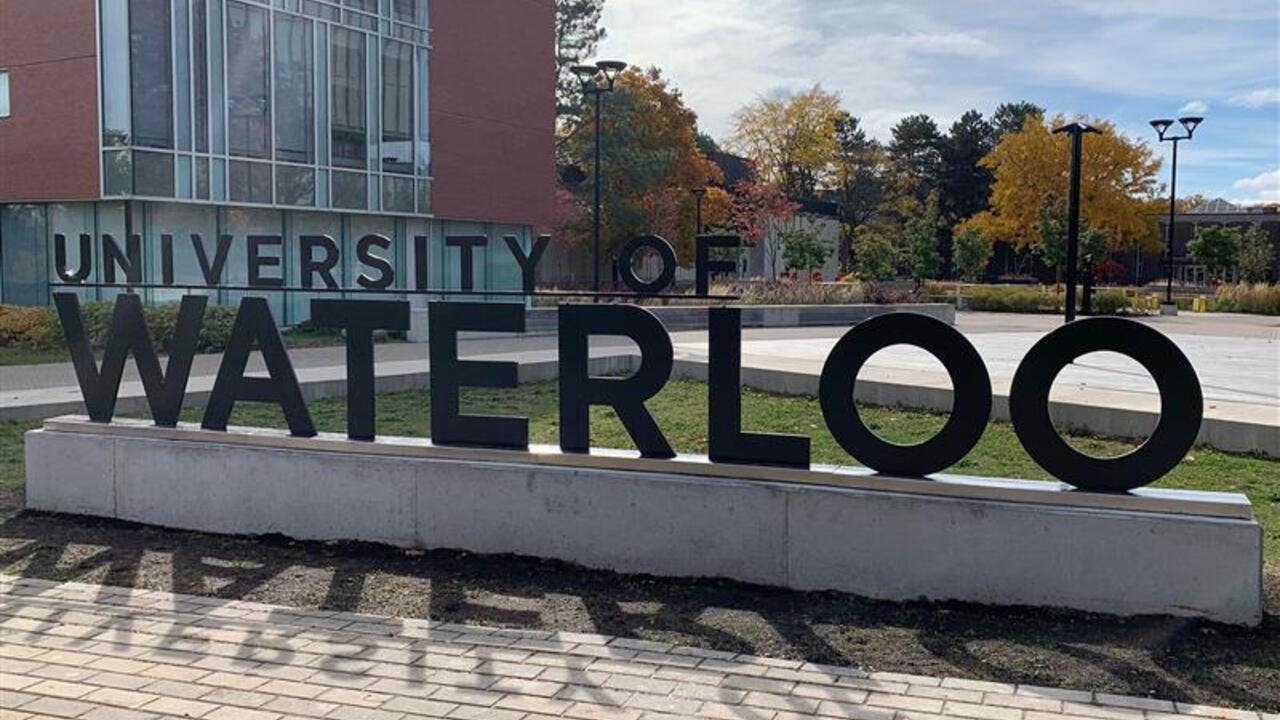
Waterloo chemists create faster and more efficient way to process information
University of Waterloo chemists have found a much faster and more efficient way to store and process information.

University of Waterloo chemists have found a much faster and more efficient way to store and process information.
By Media RelationsUniversity of Waterloo chemists have found a much faster and more efficient way to store and process information by expanding the limitations of how the flow of electricity can be used and managed.
In a recently released study, the chemists discovered that light can induce magnetization in certain semiconductors – the standard class of materials at the heart of all computing devices today.
Professor Pavle Radovanovic in front of the magnetic circular dichroism system used in this study.
“These results could allow for a fundamentally new way to process, transfer, and store information by electronic devices, that is much faster and more efficient than conventional electronics.”
For decades, computer chips have been shrinking thanks to a steady stream of technological improvements in processing density. Experts have, however, been warning that we’ll soon reach the end of the trend known as Moore’s Law, in which the number of transistors per square inch on integrated circuits double every year.
“Simply put, there’s a physical limit to the performance of conventional semiconductors as well as how dense you can build a chip,” said Pavle Radovanovic, a professor of chemistry and a member of the
Institute for Nanotechnology. “In order to continue improving chip performance, you would either need to change the material transistors are made of - from silicon, say to carbon nanotubes or graphene - or change how our current materials store and process information.”
Radovanovic’s finding is made possible by magnetism and a field called spintronics, which proposes to store binary information within an electron’s spin direction, in addition to its charge and plasmonics, which studies collective oscillations of electrons in a material.
“We’ve basically magnetized individual semiconducting nanocrystals (tiny particles nearly 10,000 times smaller than the width of a human hair) with light at room temperature,” said Radovanovic. “It’s the first time someone’s been able to use collective motion of electrons, known as plasmon, to induce a stable magnetization within such a non-magnetic semiconductor material.
In manipulating plasmon in doped indium oxide nanocrystals Radovanovic’s findings proves that the magnetic and semiconducting properties can indeed be coupled, all without needing ultra-low temperatures (cryogens) to operate a device.
He anticipates the findings could initially lead to highly sensitive magneto-optical sensors for thermal imaging and chemical sensing. In the future, he hopes to extend this approach to quantum sensing, data storage, and quantum information processing.
The project was funded by the Natural Sciences and Engineering Research Council of Canada and the Canada First Excellence Research Fund in Transformative Quantum Technologies.
The findings of the research appeared recently in the journal Nature Nanotechnology.
-30-
University of Waterloo is Canada’s top innovation university. With more than 36,000 students we are home to the world's largest co-operative education system of its kind. Our unmatched entrepreneurial culture, combined with an intensive focus on research, powers one of the top innovation hubs in the world. Find out more at uwaterloo.ca.
-30-
Ryon Jones
University of Waterloo
519-888-4567 ext. 30031
www.uwaterloo.ca/news
@UWaterlooNews

Read more
Here are the people and events behind some of this year’s most compelling Waterloo stories

Read more
It Started in Waterloo: An Astronaut's Journey into the Universe of Innovation, narrated by Chris Hadfield, highlights the University of Waterloo’s role in igniting innovation within the region and beyond.

Read more
Researchers awarded funding to investigate ecology, climate change, repatriation, health and well-being through cultural and historical lens
The University of Waterloo acknowledges that much of our work takes place on the traditional territory of the Neutral, Anishinaabeg, and Haudenosaunee peoples. Our main campus is situated on the Haldimand Tract, the land granted to the Six Nations that includes six miles on each side of the Grand River. Our active work toward reconciliation takes place across our campuses through research, learning, teaching, and community building, and is co-ordinated within the Office of Indigenous Relations.